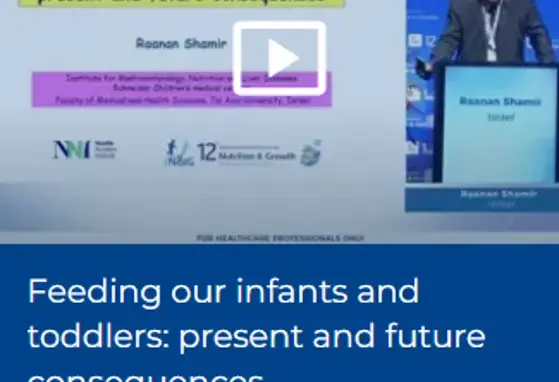Simple Interventions Reduce Newborn Deaths in Africa
4 min read
/
Growth & Development
Gut Microbiota

Findings published Feb. 3 in the BMJ by the team from the BU Center for Global Health and Development show that training and equipping Zambian traditional birth attendants to perform a neonatal resuscitation intervention led to a net reduction of about 18 deaths per 1,000 live births in the first 28 days of life -- a significant reduction in the overall neonatal mortality rate in Zambia, of about 34 deaths per 1,000 live births.
The study, dubbed "LUNESP" for the Lufwanyama Neonatal Survival Project, was a large-scale trial in the rural Lufwanyama district of Zambia, where access to healthcare facilities is extremely limited. Researchers worked with Zambian traditional birth attendants -- community members who attend to villagers' births -- to gauge the impact of a package of neonatal interventions.
Birth attendants were divided into two groups -- one which used the existing standard-of-care in attending to deliveries, and the other that received extra training aimed at preventing neonatal hypothermia and birth asphyxia. Globally, at least 10 percent of otherwise healthy newborns experience inadequate respiration at birth, a problem often compounded by hypothermia from failure to immediately dry and warm the infants.
The trained attendants were instructed to immediately dry and swaddle the newborn in a dry blanket; to suction the infant's mouth and nose with a rubber suction bulb; and, when indicated, to stimulate breathing by rubbing the infant's feet or back or, in cases of inadequate respiration, to use a tube-mask to resuscitate the infant.
Non-trained attendants followed traditional practices, wrapping the infant in thin cloth and paying minimal attention to clearing the airways, sometimes by wiping the infant's nose with a cloth.
Among 3,497 deliveries, mortality in the first 24 hours of life was significantly lower for those delivered by trained attendants -- 7.8 deaths per 1,000 live births, compared to 19.9 per 1,000 births for the non-trained group. Deaths due to birth asphyxia were reduced by 63 percent among infants delivered by the trained attendants, the study found.
"Given recent estimates that approximately 800,000 infants die each year due to birth asphyxia, these findings have broad public health relevance," the research team said.
A second intervention involved training the attendants to recognize symptoms of sepsis in the first four weeks of life, and to administer a dose of oral amoxicillin to infants before referring them to a health center for further care. While this intervention was found to be effective -- with lower rates of neonatal mortality during weeks 2-4 of an infant's life -- the difference did not reach statistical significance.
"While early identification and treatment of sepsis is important, we found that most of the deaths were prevented in the first hours of life," Gill said.
The study provided evidence that community members who serve as birth attendants can perform a vital role in access to health care.
"In the context of a highly dispersed, rural African community with very limited access to health care, traditional birth attendants [TBAs] were able to master a set of skills that allowed them to significantly reduce neonatal mortality," the study concludes. "This was accomplished in a population of women TBAs with very low rates of formal education and under austere conditions. . . We believe this approach has high potential to be applied in other resource-constrained settings."
Since the study ended, the organization Save the Children has stepped in with financial support to help to continue the interventions in Zambia, Gill said.
If you liked this post you may also like




Nutrition, microbiome, and health: Latest findings and future research
Nutrition, microbiome, and health: Latest findings and future research
